Schloss Brühl: A symbol of clerical excess and power
Schloss Augustusburg (Augustusburg Palace) in Brühl, near Cologne, is one of Germany’s most notable examples of Rococo architecture and a UNESCO World Heritage Site. Its history is intricately linked to the powerful Electors and Archbishops of Cologne, particularly Clemens August of Bavaria, who commissioned its construction in the early 18th century. Born into a family of immense wealth and influence, Clemens August was not only a high-ranking member of the Catholic Church but also a ruler with vast temporal power. His reign was marked by extravagant displays of wealth, both in his personal lifestyle and in the construction of grand architectural projects like Schloss Augustusburg.
 Augustusburg Castle, east façade.
Augustusburg Castle, east façade.
Historical background
The site of Schloss Augustusburg has a history that reaches back well before its Rococo transformation. Though often associated with the broader Baroque period, the palace’s refined decoration and interior layout make it one of the most distinguished examples of German Rococo. As early as the 12th century, the archbishops of Cologne maintained an estate and hunting grounds in Brühl, where Augustusburg would eventually stand. In 1284, Archbishop Siegfried of Cologne – it’s the same Siegfried we already encountered in the context of the Battle of Worringen – built a fortified castle here, initially intended as a defense against the growing power of the city of Cologne. Completed in 1298, this castle was further reinforced by Archbishop Walram, serving as a strategic stronghold and the seat of the Amtmann (bailiff) for the surrounding Kurköln territory.

Clemens August with all the signs of his spiritual and secular rule: the electoral cloak and electoral hat represent the Electorate of Cologne, the episcopal pectoral hanging on his chest, the collar of the priest’s habit and the mitre lying on the table behind the electoral hat symbolize his office as Archbishop of Cologne, on the left in the background Falkenlust Palace, painted by Georges Desmarées, around 1746, oil on canvas, location: Augustusburg Palace. Source: Wikimedia Commonsꜛ (license: )
 Augustusburg Castle, east façade.
Augustusburg Castle, east façade.
The medieval castle stood until 1689, when it was destroyed by French forces during the War of the Palatinate Succession. In the early 18th century, Clemens August I of Bavaria, the newly appointed Archbishop of Cologne and a member of the Wittelsbach dynasty, chose the ruins of the castle as the foundation for a grand Baroque residence. Clemens August’s uncle, Joseph Clemens of Bavaria, had conceived the idea of building a palace on this historic site, a vision Clemens August continued. Construction of the new Schloss Augustusburg began in 1725, based on designs by the Westphalian architect Johann Conrad Schlaun, who integrated parts of the castle’s original foundations into the palace structure. As a result, the symmetry of the palace’s wings was affected, an unusual feature for a Baroque building where balanced design was a guiding principle. This irregularity, however, allowed the structure to preserve its connection to the original medieval layout, creating a striking blend of history and Baroque opulence.
 Augustusburg Castle, east façade.
Augustusburg Castle, east façade.
The architecture was expanded upon beginning in 1728, when François de Cuvilliés, the court architect from Munich, took over the project. He reimagined the palace in the Régence and early Rococo styles, adorning the façade and state rooms with intricate designs. His contributions also included the gallery wings on the palace’s west side, facing the gardens. The main staircase, crafted by the renowned Baroque architect Balthasar Neumann between 1740 and 1746, is particularly noteworthy. Inspired by Enrico Zuccalli’s staircase in the Neues Schloss Schleißheim, a residence built for Clemens August’s father, Elector Max Emanuel, Neumann’s design incorporates spacious flights and landings within a vast hall, making it a masterpiece of German Baroque and Rococo architecture. The staircase hall’s grand design included a ceiling fresco by Carlo Carlone, with stucco work by Giuseppe Artari and Carlo Pietro Morsegno. This fresco celebrated the grandeur of the Wittelsbach family, presenting Clemens August in all his various offices and honors, an artistic statement of the ecclesiastical prince’s power and prestige.
 The richly decorated staircase by Balthasar Neumann.
The richly decorated staircase by Balthasar Neumann.
 The richly decorated staircase by Balthasar Neumann.
The richly decorated staircase by Balthasar Neumann.
 Ceiling fresco in the stairwell by Carlo Carlone.
Ceiling fresco in the stairwell by Carlo Carlone.
The decoration of Augustusburg continued into the late 1740s, with Johann Heinrich Roth completing much of the interior work. In the Guard Room, located on the first floor, green and yellow stucco marble pilasters frame a ceiling fresco by Carlone, celebrating the glories of the Wittelsbachs. The palace’s interior included numerous elaborate rooms, such as the Guard Room and the Cabinet de la musique, all designed to reinforce Clemens August’s courtly image as a prince-bishop of refinement and sophistication. A unique feature is the palace’s chapel, St. Maria von den Engeln, originally part of a Franciscan monastery and consecrated in 1493. The chapel, which became a court church in 1735, was connected to the palace by an oratory wing and features a high altar designed by Neumann.
 View of one of the sumptuous reception rooms.
View of one of the sumptuous reception rooms.
Schloss Augustusburg functioned primarily as a summer residence and hunting lodge for Clemens August, who was known for his luxurious lifestyle and love of the arts, hunting, and social gatherings. The palace symbolized his dual role as a religious leader and secular ruler, living as much like European royalty as a high-ranking ecclesiastical figure. His stays at Augustusburg were short but lavish, with the estate hosting grand events and serving as a stage for Clemens August’s social, political, and religious ambitions.
 Garden of the castle (seen from one of the castle’s balconies).
Garden of the castle (seen from one of the castle’s balconies).
Kurfürstliches Schloss and other residences
Since Schloss Augustusburg served merely as Clemens August’s summer residence, his main residence was the Kurfürstliches Schloss in Bonn, the official seat of the Electors of Cologne. After the Battle of Worringen in 1288, when the Archbishop of Cologne lost direct control over the city, the archbishops had to establish their residence outside Cologne. Initially, the archbishops maintained a fortified water castle in Brühl and other locations like Zons and Lechenich, which were gradually developed as residences and administrative centers.
 Kurfürstliches Schloss in Bonn. Today, the building houses the Rheinische Friedrich-Wilhelms-Universität. Source: Wikimedia Commonsꜛ (license: CC BY-SA 3.0)
Kurfürstliches Schloss in Bonn. Today, the building houses the Rheinische Friedrich-Wilhelms-Universität. Source: Wikimedia Commonsꜛ (license: CC BY-SA 3.0)
The Kurfürstliches Schloss in Bonn began as a smaller castle in 1557 but was expanded extensively over time. Clemens August, himself a significant figure of the 18th-century Rococo period, undertook a large-scale redesign of the palace to suit his tastes and reflect his political ambitions. He incorporated opulent architectural features, transforming it into an elegant Rococo residence that symbolized both the remaining secular authority of the Electors and their status as influential Prince-Electors of the Holy Roman Empire. This grand palace became the primary administrative and ceremonial seat of the Electorate of Cologne, while Bonn developed into the main center of their secular power.
Much like Schloss Augustusburg, the Kurfürstliches Schloss in Bonn reflected the archbishops’ wealth, status, and ambitions as both spiritual leaders and secular rulers. Clemens August’s contributions, including further expansion and decorative flourishes, cemented its role as the chief residence of the Cologne archbishops until secularization in 1803.
 Former ‘Archbishop’s Palace’ Cologne, built around 1758. A later photo by Hugo Schmölz. Source: Wikimedia Commonsꜛ (license: public domain)
Former ‘Archbishop’s Palace’ Cologne, built around 1758. A later photo by Hugo Schmölz. Source: Wikimedia Commonsꜛ (license: public domain)
After the secularization in 1803, the Electorate of Cologne was dissolved, and the archbishopric was left vacant for years. It wasn’t until the Papal Bull De salute animarum in 1821 that the Archdiocese of Cologne was reestablished. Archbishop Ferdinand August von Spiegel, appointed in 1824, became the first archbishop in centuries to reside again within the city. He took up residence in the Erzbischöfliches Palais, an 18th-century building initially owned by the Freiherren Heereman von Zuydtwyck family and later acquired by the Prussian state.
 Seminary church of the seminary of the Archbishop’s Palace in Cologne. Source: Wikimedia Commonsꜛ (license: CC BY-SA 3.0)
Seminary church of the seminary of the Archbishop’s Palace in Cologne. Source: Wikimedia Commonsꜛ (license: CC BY-SA 3.0)
In the post-war period, as part of the rebuilding efforts after World War II, the archdiocese commissioned a new, modern residence. Between 1957 and 1958, architect Hans Schumacher designed the present-day Archbishop’s residence, located at the corner of Gereonstraße and Kardinal-Frings-Straße in Cologne. This building was intentionally constructed with a restrained, modernist style, in keeping with the architectural ethos of the time. Today, this complex not only serves as the Archbishop’s residence but also houses the diocesan seminary, historical archives, and ecclesiastical offices, symbolizing the restored and enduring presence of the Archdiocese within the city. Nevertheless, even new residences like this remain a statement of power and authority, self-legitimized by the entire burdened history of the Catholic Church in Cologne.
Schloss Falkenlust
Located near Schloss Augustusburg, Schloss Falkenlust was another palace built by Clemens August, completed in 1746. This smaller yet elegant hunting lodge, designed by François de Cuvilliés, provided a more intimate retreat where Clemens August could entertain his noble guests in a relaxed setting. The lodge’s name, meaning “falcon’s delight”, reflects its intended purpose as a center for falconry, Clemens August’s favored sport and a symbol of noble prestige.
 Schloss Falkenlust. Source: Wikimedia Commonsꜛ (license: CC BY-3.0)
Schloss Falkenlust. Source: Wikimedia Commonsꜛ (license: CC BY-3.0)
With its restrained yet refined Rococo architecture, Falkenlust stands in contrast to the grandeur of Augustusburg, featuring a simpler façade and more delicate interior design. However, it remained a luxurious space that exemplified Clemens August’s taste and wealth. The lodge’s proximity to Augustusburg allowed the Archbishop to move easily between the two residences, blending the formality of court life with the pleasures of outdoor pursuits. Schloss Falkenlust thus served as both a retreat for hunting and a venue for exclusive gatherings, where Clemens August and his guests could enjoy days of sport followed by intimate feasts and celebrations in an atmosphere of private opulence.

Clemens August as a falconer (painting by Peter Jakob Horemans). Source: Wikimedia Commonsꜛ (license: public domain)
Later history and restoration
In the later years, Schloss Augustusburg underwent significant changes. The palace suffered heavy damage during World War II. On October 10, 1944, a bomb destroyed about a third of the north wing, resulting in the loss of rooms such as the Cabinet de la musique and the Indian lacquer cabinet. On March 4, 1945, artillery fire damaged the west wall of the Guard Room and parts of the music and dining rooms. Restoration work began as early as 1946, with Polish artisans aiding in the reconstruction of the famous staircase and other parts of the palace. Falkenlust, a nearby hunting lodge also commissioned by Clemens August, required extensive repairs as well.
Between 1949 and 1996, Schloss Augustusburg served as a venue for official receptions hosted by the German President, becoming a notable site for state visits and diplomatic gatherings. Additionally, from 1954 until 2014, the palace housed the Rhineland’s civil records archive.
Today, Schloss Augustusburg is a UNESCO World Heritage Site, celebrated for its architectural beauty and historical significance. The palace hosts concerts and cultural events, including the popular Brühler Schlosskonzerte, and continues to attract visitors from around the world who come to admire its architecture and stroll through its gardens. Since 2001, the Schlösserverwaltung Brühl has introduced thematic tours that offer visitors an in-depth look at the palace, its gardens, and the palace chapel. The 2018 German UNESCO commemorative coin further honors Schloss Augustusburg and Falkenlust, underscoring their enduring cultural importance.
Impressions from Schloss Augustusburg
In August this year, I visited Schloss Augustusburg. I was allowed to take some pictures from within the castle and its gardens during a guided tour. Some of these images are already shown above. Here are some further impressions from that day.
 Augustusburg Castle, west façade.
Augustusburg Castle, west façade.
 Decorative sculpture at the main entrance gate
Decorative sculpture at the main entrance gate
 The richly decorated staircase by Balthasar Neumann.
The richly decorated staircase by Balthasar Neumann.
 The richly decorated staircase by Balthasar Neumann.
The richly decorated staircase by Balthasar Neumann.
 The richly decorated staircase by Balthasar Neumann.
The richly decorated staircase by Balthasar Neumann.
 Stucco work on the ceiling of the staircase hall.
Stucco work on the ceiling of the staircase hall.
 Figurative decoration on the staircase.
Figurative decoration on the staircase.
 Stucco work on the ceiling of the staircase hall.
Stucco work on the ceiling of the staircase hall.
 View of one of the sumptuous reception rooms.
View of one of the sumptuous reception rooms.
 Garden of the castle with one of its fountains in the foreground.
Garden of the castle with one of its fountains in the foreground.
 Avenue of trees in the garden of the palace.
Avenue of trees in the garden of the palace.
Clerical hypocrisy and moral failure
Schloss Augustusburg stands as a monument to moral hypocrisy. The very men who were supposed to be exemplars of Christian piety and morality were instead accumulating vast personal wealth and indulging in the privileges and excesses of the aristocracy. Clemens August, as both a secular ruler and a prince of the Church, exemplified this contradiction. While tasked with spiritual leadership, his life was dominated by secular pursuits such as hunting, luxurious banquets, and political maneuvering. This starkly contrasts with Christian teachings on humility, simplicity, and service to the poor, and a rejection of worldly power and material wealth.
The clerics who built and inhabited palaces like Schloss Augustusburg just for their own pleasure and prestige used their religious authority to justify their accumulation of wealth and power. They lived like kings, with little regard for the suffering and poverty of the masses they were supposed to serve. Schloss Augustusburg in particular shows the extreme perversion to which clerical dignitaries have developed themselves. Clemens granted lay people, inhabitants of the surrounding area, access to his daily sumptuous meal intakes. However, not out of compassion and to feed his flock, but rather to allow them to watch him at his feasts and ‘participate’ in his splendor in this way. A spectacle that celebrated the power and wealth of the clergy and showed the powerlessness and poverty of the common people, pointing them to their subordinate role. Examples like this not only eroded the moral authority of the Church but also exposed the deep contradictions between its spiritual teachings and the behavior of its leaders.
 Augustusburg Castle, dining room.
Augustusburg Castle, dining room.
 Augustusburg Castle, dining room.
Augustusburg Castle, dining room.
 Augustusburg Castle, dining room.
Augustusburg Castle, dining room.
A broader reflection on the Catholic Church
Schloss Augustusburg, in this context, is not just an architectural masterpiece but a symbol of the corruption and moral failure that has plagued the Catholic Church throughout its history. The behavior of clerics like Clemens August, who lived lives of extravagance and excess, stands as an example of how the institution of the Church has often failed to live up to the teachings of its self-proclaimed founder, Jesus Christ. The gulf between the professed values of the Church and the actions of its leaders has been a source of scandal and disillusionment for many believers over the centuries.
 Cathedra, medieval stone throne of the archbishops of Cologne. Thrones like this are perfect examples of the Catholic Church’s ambitions to power and wealth, which have been pursued since its existence – manifestation of hypocrisies and an arrogance of power. City of Cologne, on behalf of the Provincial Association of the Rhine Province. Edited by Paul Clemen, Vol. II, IV: Die profanen Denkmäler der Stadt Köln (The profane monuments of the city of Cologne), Düsseldorf 1930, published by L. Schwann, Düsseldorf, p. 334. Source: Wikimedia Commonsꜛ (license: public domain)
Cathedra, medieval stone throne of the archbishops of Cologne. Thrones like this are perfect examples of the Catholic Church’s ambitions to power and wealth, which have been pursued since its existence – manifestation of hypocrisies and an arrogance of power. City of Cologne, on behalf of the Provincial Association of the Rhine Province. Edited by Paul Clemen, Vol. II, IV: Die profanen Denkmäler der Stadt Köln (The profane monuments of the city of Cologne), Düsseldorf 1930, published by L. Schwann, Düsseldorf, p. 334. Source: Wikimedia Commonsꜛ (license: public domain)
The luxurious lifestyle of Clemens August and others like him serves as a stark reminder that the Catholic Church, as an institution, has often been more concerned with maintaining its worldly power and influence than with embodying the moral and ethical principles it preaches. This disconnect between belief and behavior has contributed to the long history of disillusionment with the Church and calls into question its role as a moral authority.
Conclusion
In conclusion, Schloss Augustusburg is a powerful example of the contradictions at the heart of the Catholic Church’s history. While it stands as a testament to the artistic and architectural achievements of the period, it also symbolizes the deep hypocrisy of clerics who lived lives of worldly pleasure and indulgence while professing spiritual authority. In this sense, Schloss Augustusburg is not just a historical building but a monument to the moral failures of the Church and a reminder of the dangers of religious institutions becoming too entangled with worldly power.
References and further reading
- Wilfried Hansmann, Schloss Augustusburg zu Brühl, 1990, 6. veränderte Auflage. Rheinischer Verein für Denkmalpflege und Heimatschutz
- Wilfried Hansmann, Das Jagdschloss Falkenlust zu Brühl, 1990, 6. neubearbeitete Auflage. Rheinischer Verein für Denkmalpflege und Heimatschutz
- Bernd Löhmann, Ein Garten für König und Volk. Peter Joseph Lenné und der Brühler Schloßgarten, 2000, Rheinischer Verein für Denkmalpflege und Landschaftsschutz, ISBN: 3-88094-861-5
- Wilfried Hansmann, Die Schlösser Augustusburg und Falkenlust in Brühl, 2002, Wernersche Verlagsgesellschaft, ISBN: 978-3-88462-188-2 (vol. 1) and ISBN: 978-3-88462-189-9 (vol. 2)
- Wikipedia article on Schloss Augustusburgꜛ



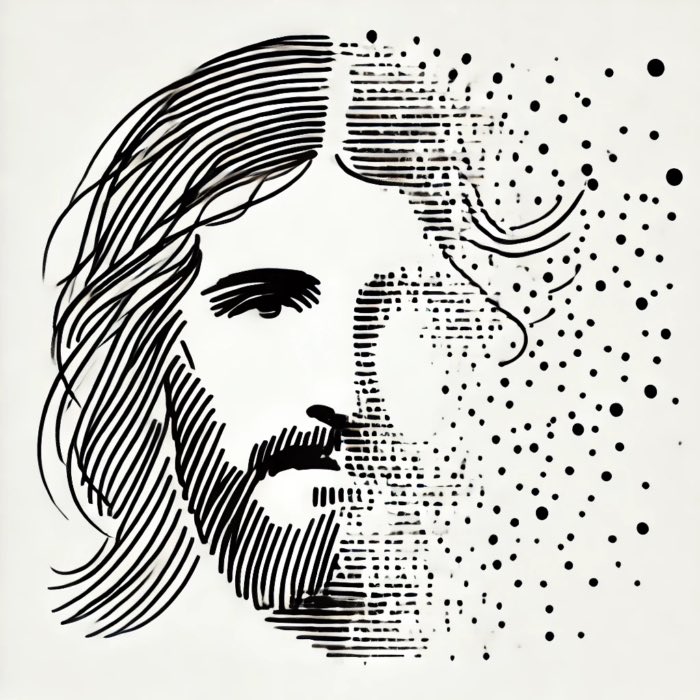
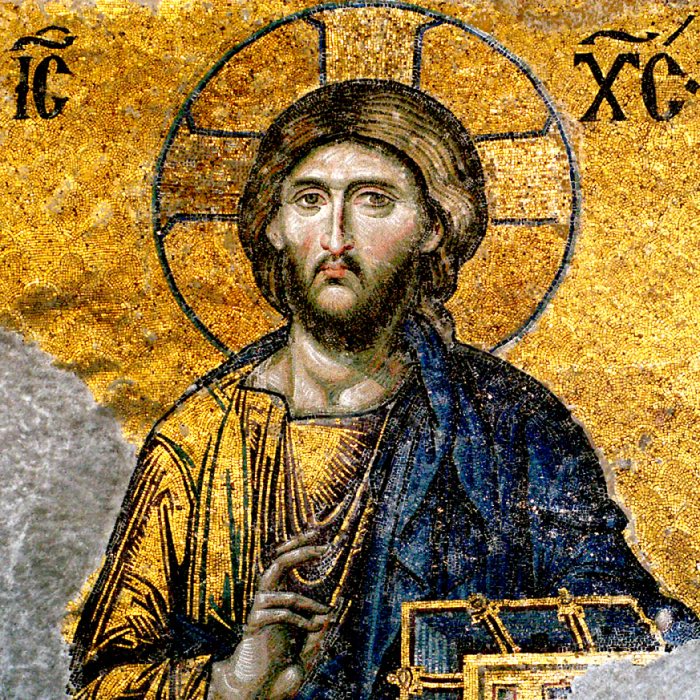
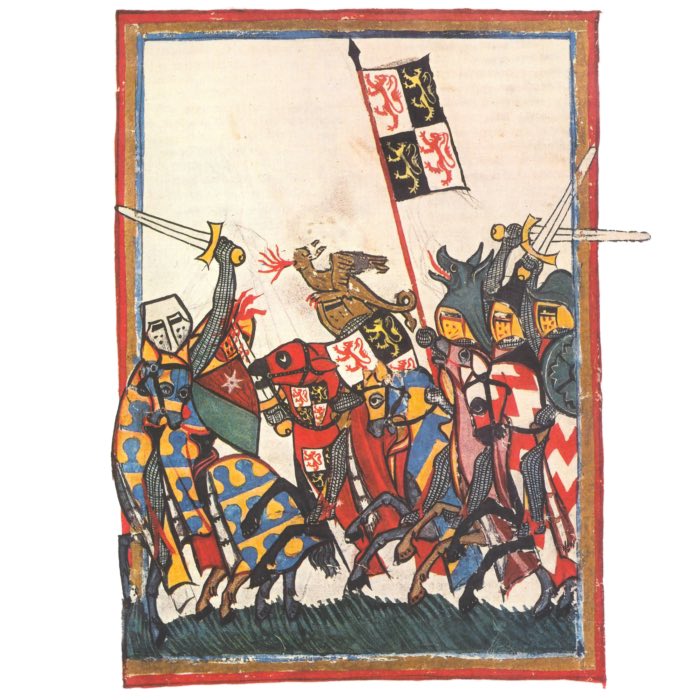
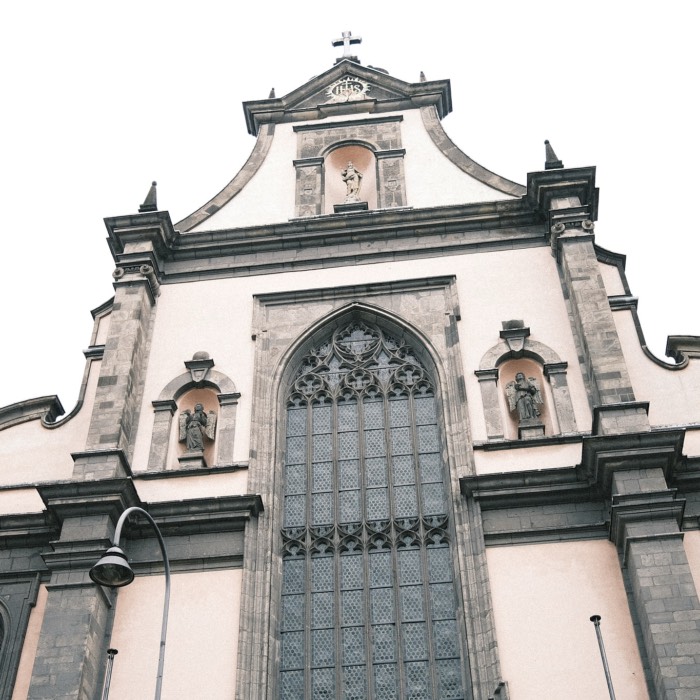





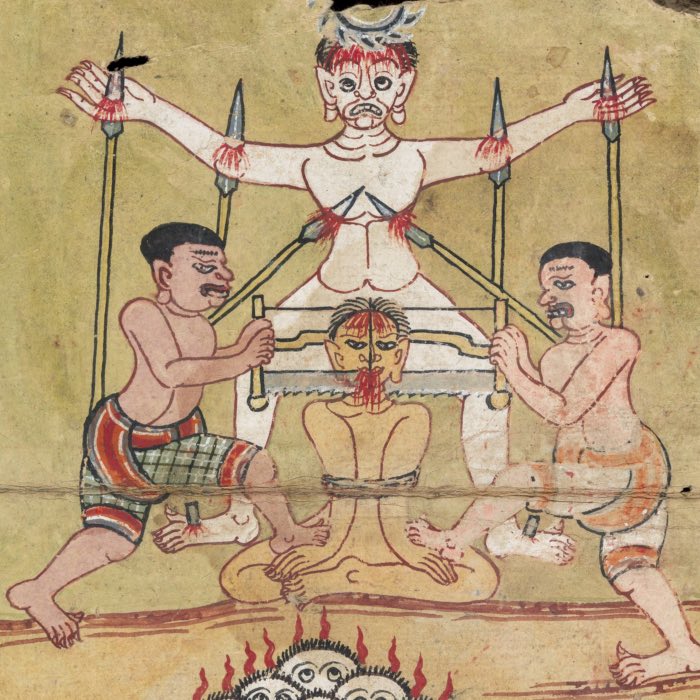

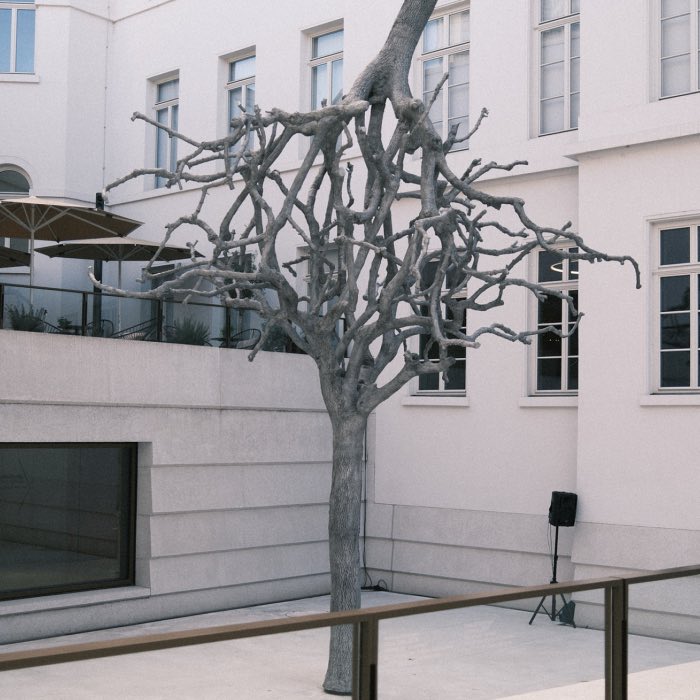
comments